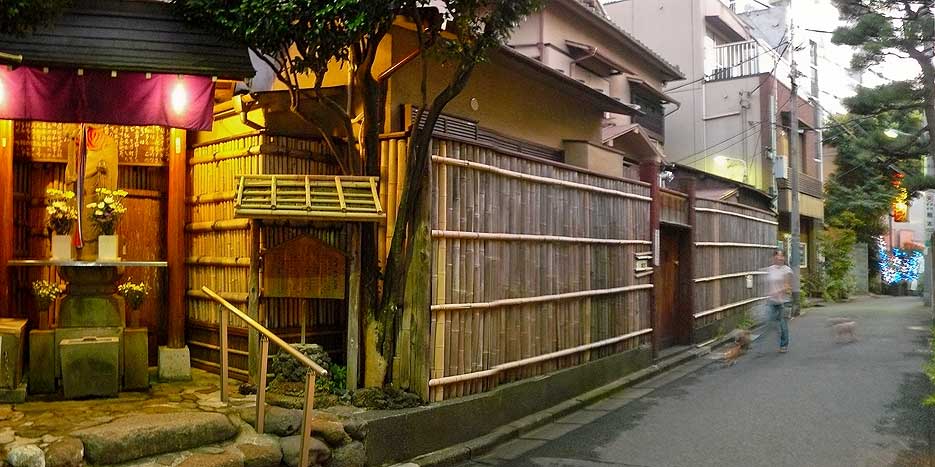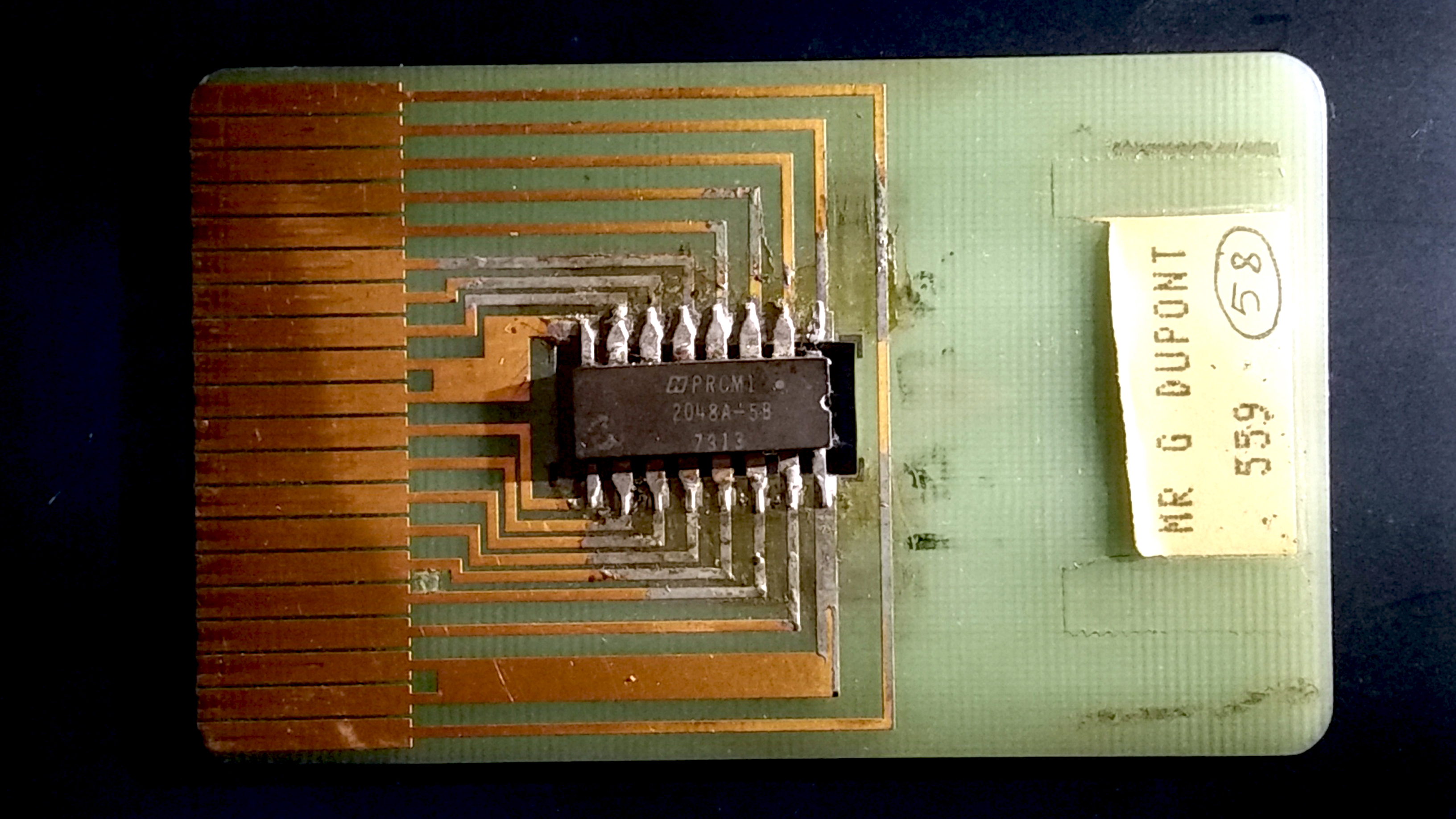|
Tōkyū Setagaya Line
The is a light rail line in Tokyo, Japan, operated by Tokyu Corporation. It connects to in Setagaya, Tokyo. Unlike other Tokyu lines that are heavy rail commuter lines, the Setagaya Line is governed under the of the Japanese government. Despite this, the entire line is located on its own Right-of-way (railroad), right-of-way because it is a branch line of , which is not the same line as the present-day Tōkyū Tamagawa Line. Overview The Setagaya Line was opened by the in 1923, running on surface streets between Shibuya and the Tama River. Since the railway merged with Tokyu in 1938, the balance of the line closed in 1969, leaving this isolated section as the sole Tokyu line to use gauge. The Setagaya Line and the Toden Arakawa Line (the only surviving line of the former Tokyo Toden network) are the only railway lines in Tokyo proper to be legally classified as tramways (軌道, ''kidō''). The line had its own smart card system called Setamaru, which cannot be used on ... [...More Info...] [...Related Items...] OR: [Wikipedia] [Google] [Baidu] |
Light Rail
Light rail (or light rail transit, abbreviated to LRT) is a form of passenger urban rail transit that uses rolling stock derived from tram technology National Conference of the Transportation Research Board while also having some features from heavy rapid transit. The term was coined in 1972 in the United States as an English equivalent for the German word ''Stadtbahn'', meaning "city railway". From: 9th National Light Rail Transit Conference Different definitions exist in some countries, but in the United States, light rail operates primarily along exclusive Right_of_way#Rail_right_of_way, rights-of-way and uses either individual tramcars or multiple units coupled together, with a lower capacity and speed than a long heavy rail passenger train or rapid transit system. Narrowly defined, light rail transit uses rolling stock that is similar to that of a traditional tram, while operating at a higher capacity and speed, often on an exclusive right-of-way. In broader usage, light ... [...More Info...] [...Related Items...] OR: [Wikipedia] [Google] [Baidu] |
Shibuya
is a Special wards of Tokyo, special ward in Tokyo, Japan. A major commercial center, Shibuya houses one of the busiest railway stations in the world, Shibuya Station. As of January 1, 2024, Shibuya Ward has an estimated population of 230,609 in 142,443 households and a population density of . The total area is . Notable neighborhoods and districts of Shibuya include Harajuku, Ebisu, Shibuya, Ebisu, Omotesandō, Yoyogi and Sendagaya. Shibuya came into the possession of the Shibuya clan in the early 1160s, after which the area was named. The branch of the clan that ruled this area was defeated by the Later Hōjō clan on January 13, 1524, during the Sengoku period, and the area then came under their control. During the Edo period, Shibuya, particularly Maruyamachō, Shibuya, Maruyamachō on Dōgenzaka, prospered as a town on Oyama Road (present-day Japan National Route 246, Route 246), and in the Meiji era, as a Hanamachi. Shibuya emerged as a railway terminus during the expan ... [...More Info...] [...Related Items...] OR: [Wikipedia] [Google] [Baidu] |
TKK Setagaya Station
Helsinki University of Technology (TKK; ; , HUT in international usage) was a technical university in Finland. It was located in Otaniemi, Espoo in the Helsinki metropolitan area, and it was one of the three universities from which the modern day Aalto University was founded. The university was founded in 1849 by Grand Duke of Finland, Emperor Nicholas I and received university status in 1908. It moved from Helsinki to Otaniemi campus area in 1966. The merger of HUT with two other schools created the Aalto University in 2010, and HUT briefly held the name Aalto University School of Science and Technology before being split into four schools in 2011. Much of the university's Otaniemi campus was designed by Alvar Aalto. History In 1849, TKK was established in Helsinki by the decree of the Russian Emperor Nicholas I, Grand Duke of Finland as a "manufacture and handicraft school", with the name ''Helsingin teknillinen reaalikoulu/Helsingfors tekniska realskola'', along with two ... [...More Info...] [...Related Items...] OR: [Wikipedia] [Google] [Baidu] |
TKK Wakabayashi Station
Helsinki University of Technology (TKK; ; , HUT in international usage) was a technical university in Finland. It was located in Otaniemi, Espoo in the Helsinki metropolitan area, and it was one of the three universities from which the modern day Aalto University was founded. The university was founded in 1849 by Grand Duke of Finland, Emperor Nicholas I and received university status in 1908. It moved from Helsinki to Otaniemi campus area in 1966. The merger of HUT with two other schools created the Aalto University in 2010, and HUT briefly held the name Aalto University School of Science and Technology before being split into four schools in 2011. Much of the university's Otaniemi campus was designed by Alvar Aalto. History In 1849, TKK was established in Helsinki by the decree of the Russian Emperor Nicholas I, Grand Duke of Finland as a "manufacture and handicraft school", with the name ''Helsingin teknillinen reaalikoulu/Helsingfors tekniska realskola'', along with two ... [...More Info...] [...Related Items...] OR: [Wikipedia] [Google] [Baidu] |
Setagaya
is a special ward in the Tokyo Metropolis in Japan. It is also the name of a neighborhood and administrative district within the ward. Its official bird is the azure-winged magpie, its flower is the fringed orchid, and its tree is the '' Zelkova serrata''. Setagaya has the largest population and second-largest area (after Ōta) of Tokyo's special wards. As of July 1, 2023, the ward has an estimated population of 940,071, and a population density of 16,194 persons per km2 with the total area of 58.06 km2. Life expectancy As of 2023, the female life expectancy in Setagaya is 88.9 years. Geography Setagaya is located at the southwestern corner of the Tokyo's special wards and the Tama River separates the boundary between Tokyo Metropolis and Kanagawa Prefecture. Residential population is among the highest in Tokyo as there are many residential neighbourhoods within Setagaya. Setagaya is served by various rail services providing frequent two- to three-minute headway r ... [...More Info...] [...Related Items...] OR: [Wikipedia] [Google] [Baidu] |
Den-en-toshi Line
The is a major commuter line operated by the private railway operator Tokyu Corporation and connecting south-western suburbs of Tokyo and neighbouring Kanagawa Prefecture, with its western terminus of , to a major railway junction of western downtown Tokyo, . At Shibuya, nearly all the trains continue on the Tokyo Metro Hanzomon Line. The line's color on maps and station guides is green, and stations carry the prefix "DT" followed by a number. History Prewar predecessors On March 6, 1907, the opened the first section of an interurban line between Shibuya and what is now , using gauge. The line was called the and is not to be confused with today's Tokyu Tamagawa Line (東急多摩川線). The branch from Sangen-Jaya Station opened on January 18, 1925. Tama Den-En-Toshi Plan In 1953, Tokyu Group president Keita Gotō (industrialist), Keita Gotō unveiled a "new town" planning scheme called the ''South-Western Area Development Plan''. He envisioned new railway line and freewa ... [...More Info...] [...Related Items...] OR: [Wikipedia] [Google] [Baidu] |
Smart Card
A smart card (SC), chip card, or integrated circuit card (ICC or IC card), is a card used to control access to a resource. It is typically a plastic credit card-sized card with an Embedded system, embedded integrated circuit (IC) chip. Many smart cards include a pattern of metal contacts to electrically connect to the internal chip. Others are Contactless smart card, contactless, and some are both. Smart cards can provide personal identification, authentication, data storage, and application processing. Applications include identification, financial, public transit, computer security, schools, and healthcare. Smart cards may provide strong security authentication for single sign-on (SSO) within organizations. Numerous nations have deployed smart cards throughout their populations. The universal integrated circuit card (UICC) for mobile phones, installed as pluggable SIM card or embedded eSIM, is also a type of smart card. , 10.5billion smart card IC chips are manufactured annually ... [...More Info...] [...Related Items...] OR: [Wikipedia] [Google] [Baidu] |
Tokyo
Tokyo, officially the Tokyo Metropolis, is the capital of Japan, capital and List of cities in Japan, most populous city in Japan. With a population of over 14 million in the city proper in 2023, it is List of largest cities, one of the most populous urban areas in the world. The Greater Tokyo Area, which includes Tokyo and parts of six neighboring Prefectures of Japan, prefectures, is the most populous metropolitan area in the world, with 41 million residents . Lying at the head of Tokyo Bay, Tokyo is part of the Kantō region, on the central coast of Honshu, Japan's largest island. It is Japan's economic center and the seat of the Government of Japan, Japanese government and the Emperor of Japan. The Tokyo Metropolitan Government administers Tokyo's central Special wards of Tokyo, 23 special wards, which formerly made up Tokyo City; various commuter towns and suburbs in Western Tokyo, its western area; and two outlying island chains, the Tokyo Islands. Although most of the w ... [...More Info...] [...Related Items...] OR: [Wikipedia] [Google] [Baidu] |







